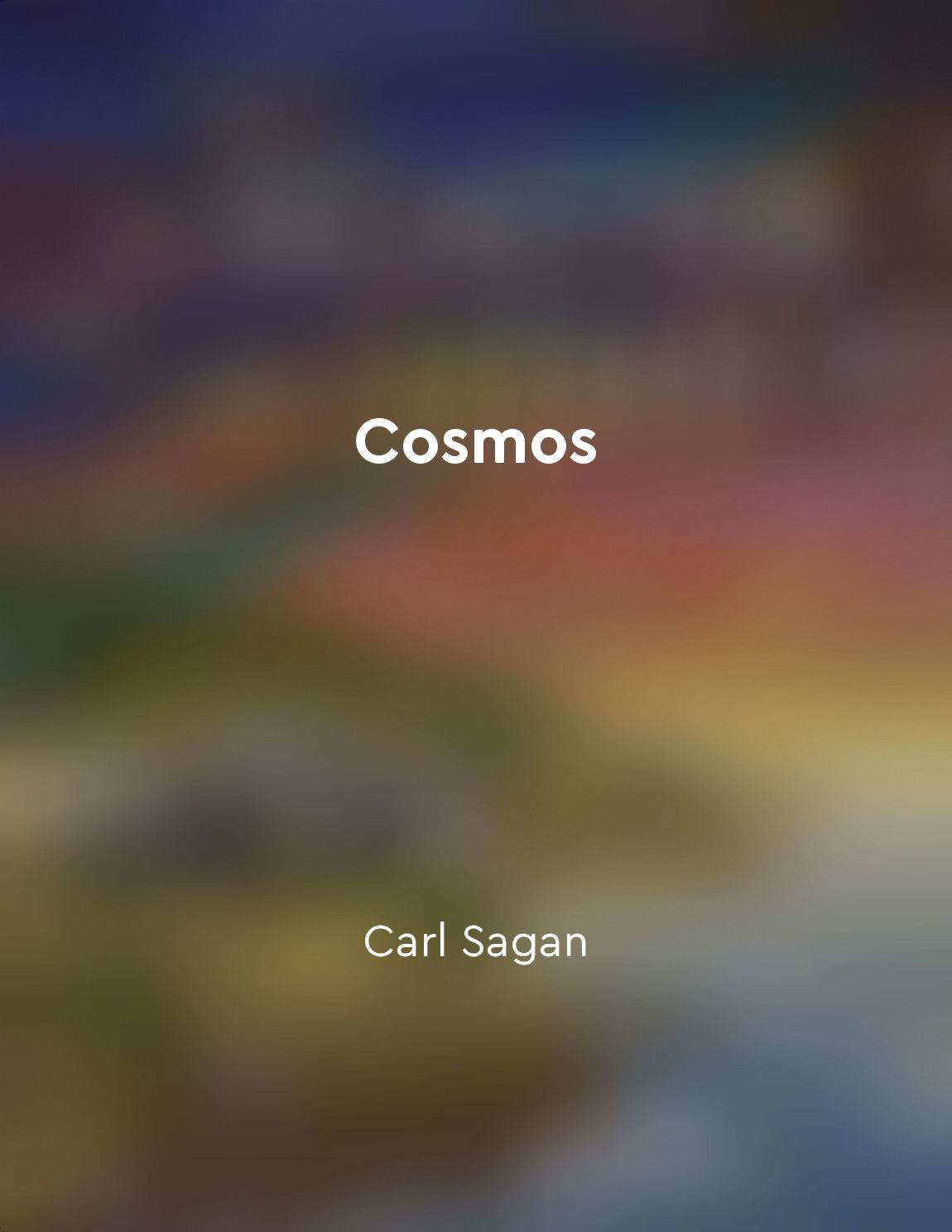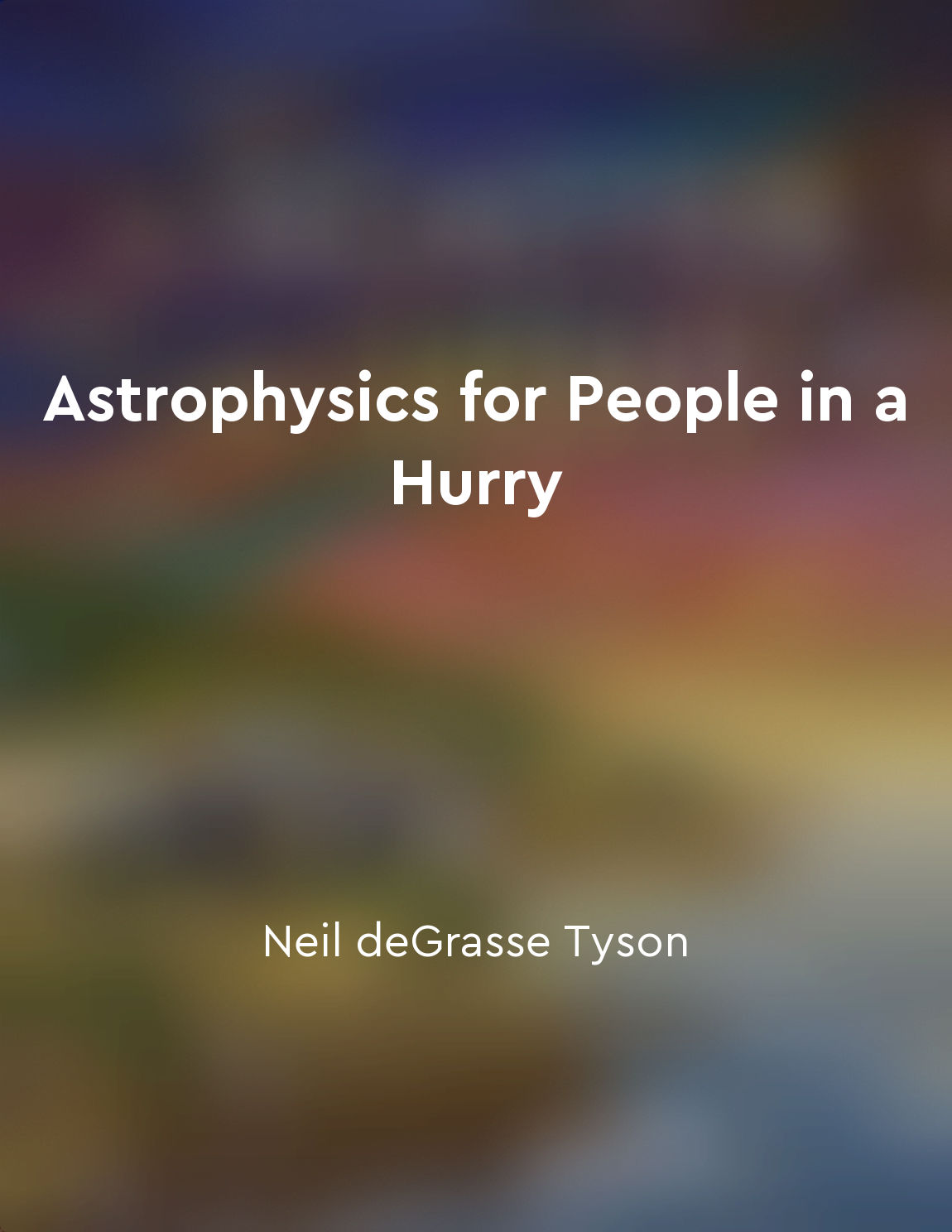Audio available in app
The solar system holds eight planets from "summary" of The Secret World of Stargazing by Adrian West
Our solar system is a fascinating place, with a variety of celestial bodies orbiting around the sun. At the center of it all, we have eight planets that call the solar system home. These planets vary in size, composition, and distance from the sun, creating a diverse and captivating system that has intrigued astronomers and stargazers for centuries. The first planet closest to the sun is Mercury, a small and rocky world that experiences extreme temperature variations due to its proximity to the sun. Next up is Venus, often called Earth's "sister planet" due to its similar size and composition, but with a thick atmosphere that traps heat and makes it the hottest planet in our solar system. Earth is the third planet from the sun, the only known planet to support life with its unique combination of atmosphere, water, and temperate climate. Mars, the fourth planet, is known as the "Red Planet" due to its rusty hue caused by iron oxide on its surface. It has long captured the imagination of scientists and science fiction writers alike with its potential for harboring life. Moving further out, we encounter the gas giants of the solar system - Jupiter, Saturn, Uranus, and Neptune. Jupiter is the largest planet, with a massive storm system known as the Great Red Spot that has raged for centuries. Saturn is famous for its beautiful rings made of ice and rock particles, while Uranus and Neptune are icy giants that lie on the outer edges of the solar system. Each of these planets has its own unique characteristics and mysteries waiting to be discovered. From the scorching heat of Mercury to the icy depths of Neptune, the planets of our solar system offer a glimpse into the vastness and complexity of the universe. As we continue to explore and study these celestial bodies, we gain a deeper understanding of our place in the cosmos and the wonders that surround us.Similar Posts

Human exploration of space is an ongoing adventure
The vastness of the universe beckons us to explore its mysteries, to push the boundaries of our knowledge and understanding. Hu...
The cosmic microwave background offers clues to the early universe
The cosmic microwave background is a faint glow of microwave radiation that fills the universe. It was first discovered in the ...

The multiverse theory suggests that our universe is just one of many
The multiverse theory proposes that our universe is not alone. It posits the existence of multiple universes, each with its own...
Neptune is blue
Neptune, the eighth and farthest planet from the sun in our solar system, is a stunning shade of blue. But why is Neptune blue?...
Exoplanets can expand our understanding of the universe
The discovery of exoplanets has revolutionized our understanding of the universe by revealing the sheer diversity of planetary ...
